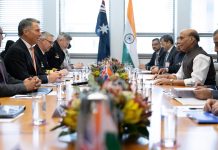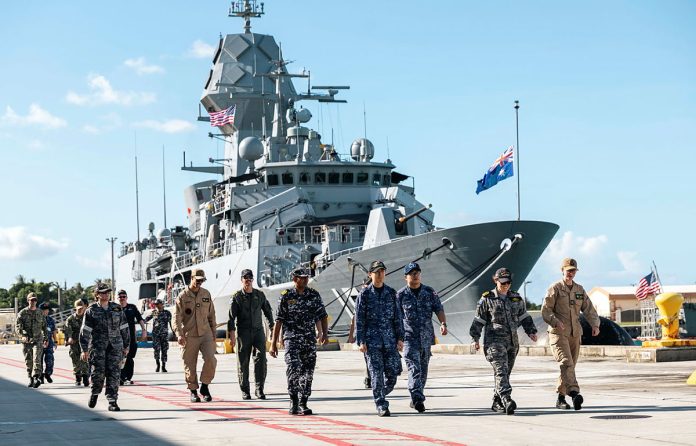
SYDNEY– Australia has formally joined India, Japan, and the United States for the high-level Exercise Malabar, in a move that solidifies its strategic pivot towards New Delhi and underscores a united front for regional security in the Indo-Pacific.
The deployment of the Royal Australian Navy’s Anzac-class frigate, HMAS Ballarat, and a Royal Australian Air Force P-8A Poseidon maritime patrol aircraft to the drills in the west Pacific signals Australia’s commitment to transforming the Quadrilateral Security Dialogue (Quad) from a diplomatic forum into a cohesive operational force.
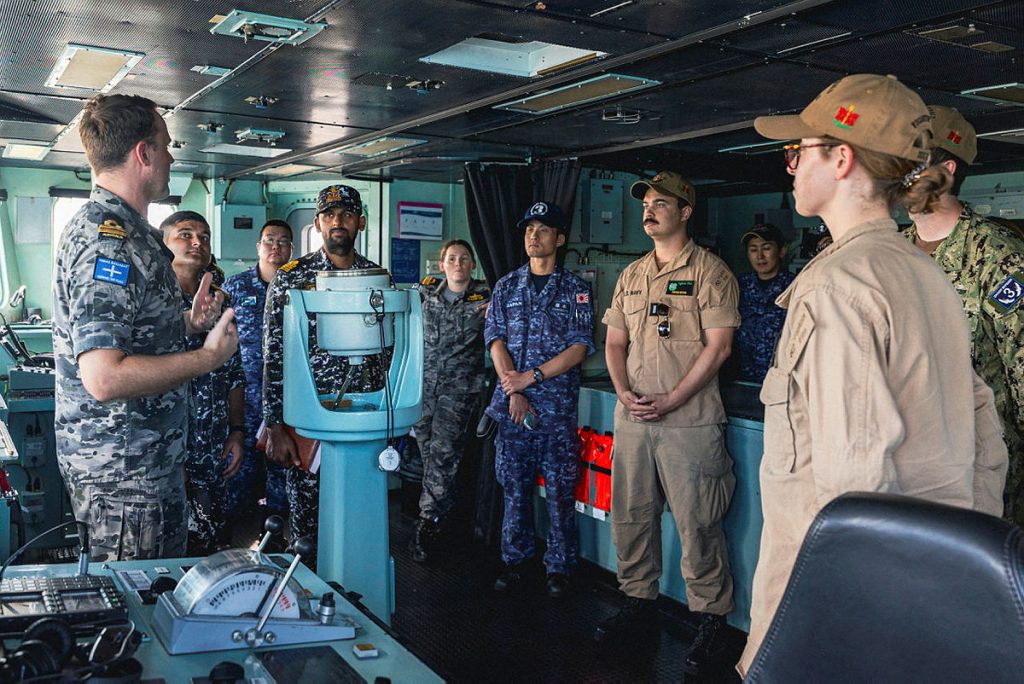
Chief of Joint Operations, Vice Admiral Justin Jones, emphasized the critical nature of the collaboration, stating the exercise is vital for “tackling shared challenges” and “coordinating collective strength.” The comments highlight the evolving defence calculus in the region, where nations are increasingly aligning to address common security concerns.
“Through complex drills in anti-submarine warfare, air defence and replenishment at sea, participating nations build the trust, interoperability and readiness needed to respond to our collective security challenges,” Vice Admiral Jones said.
While the exercise includes all four Quad partners, Australia’s participation is particularly symbolic of its deepening military relationship with India. Originally a bilateral exercise between India and the US, Australia’s inclusion as a regular participant—culminating in its hosting of the event in 2023—marks a significant milestone in the bilateral strategic partnership.
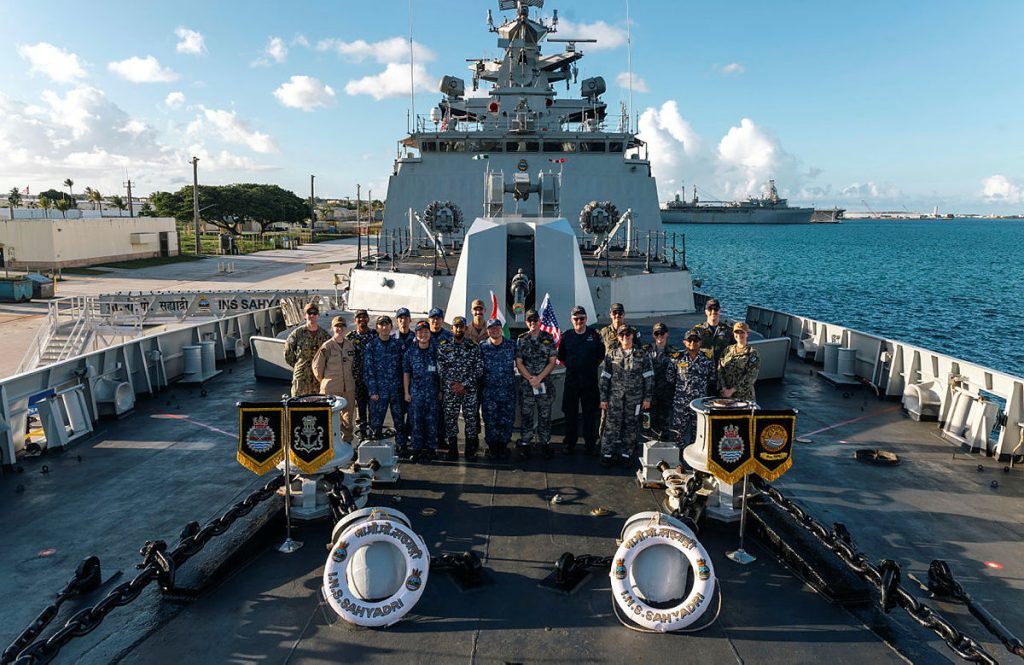
Commander Dean Uren, Commanding Officer of HMAS Ballarat, framed the mission as a core component of Australia’s regional engagement. “Our participation in Exercise Malabar… is [a] fantastic opportunity to enhance interoperability with key Indo-Pacific partners,” he said.
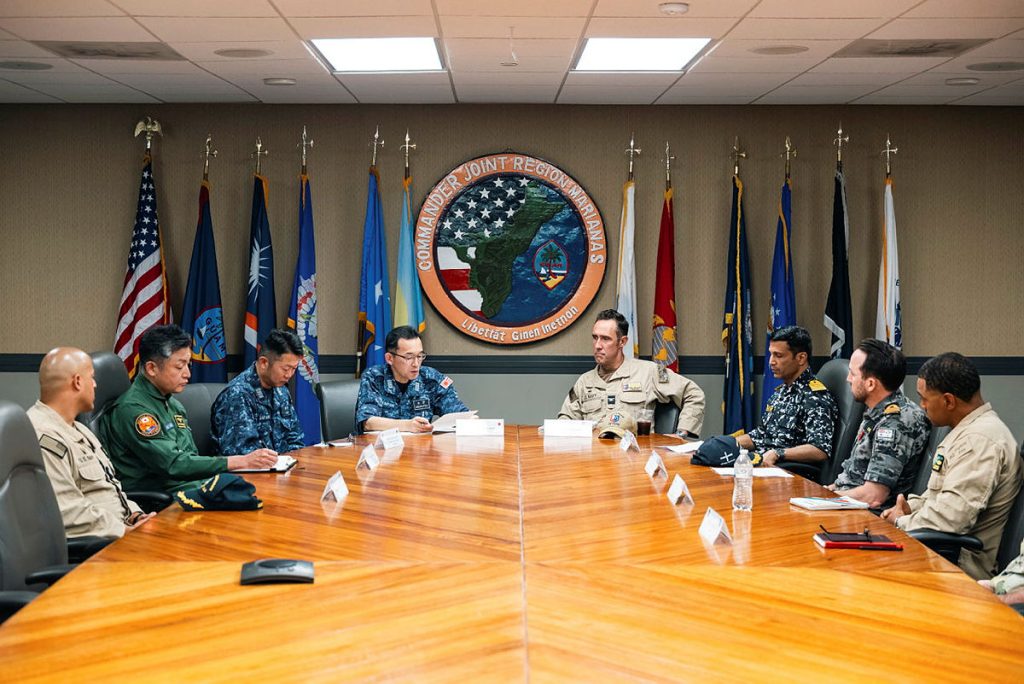
Defence analysts view Australia’s sustained involvement in Malabar as the most tangible demonstration of its “India First” policy. This strategic tilt recognizes India not just as a regional power, but as an indispensable partner in maintaining the balance of power and ensuring a free and open Indo-Pacific.
The advanced capabilities deployed by Australia, including the HMAS Ballarat with its MH-60R Seahawk helicopter and the P-8A Poseidon, are not merely symbolic. They represent a deliberate investment in a shared operational language with the Indian Navy, ensuring that the two democracies can act in concert to “deter coercion,” as Commander Uren noted, in the strategically vital maritime corridors they share.





















